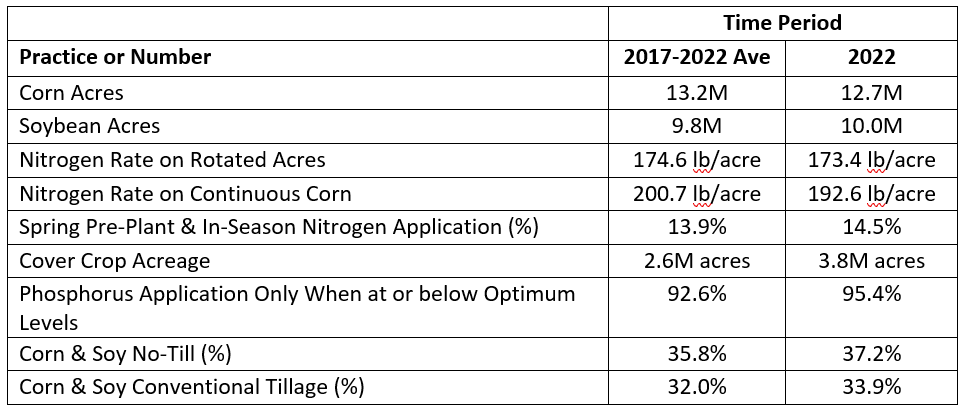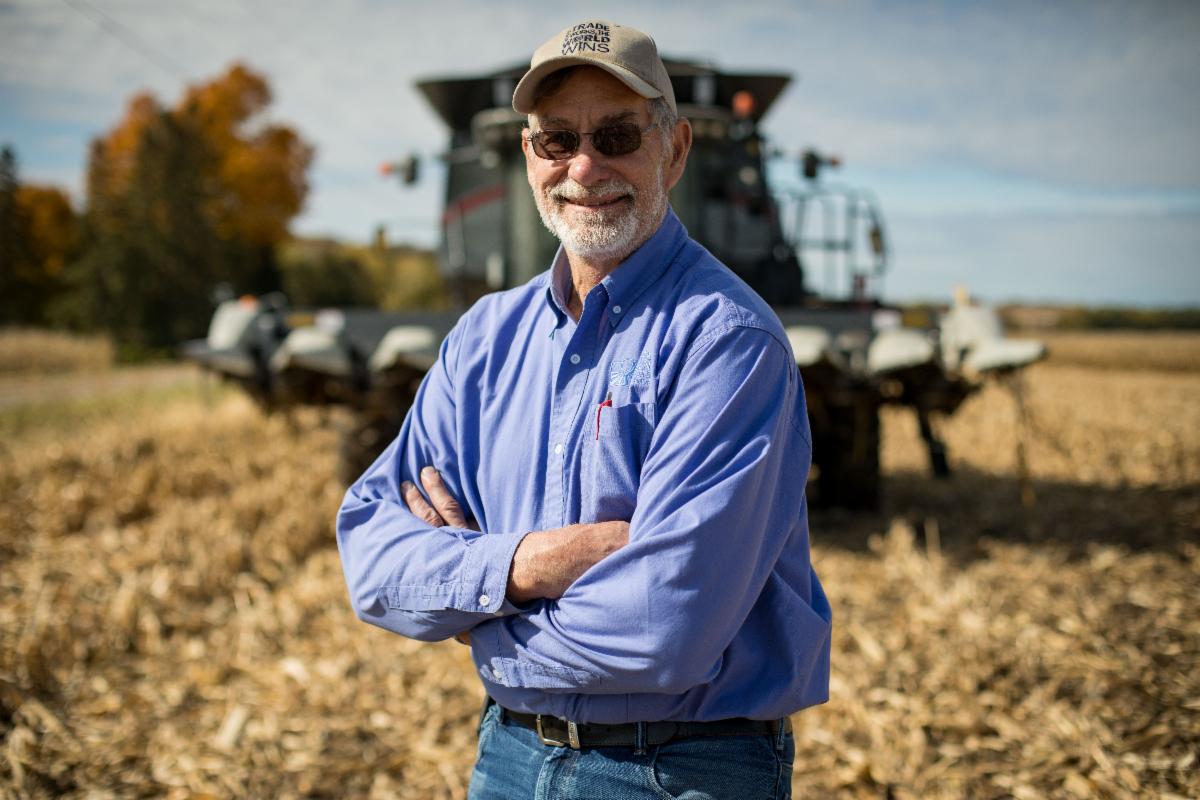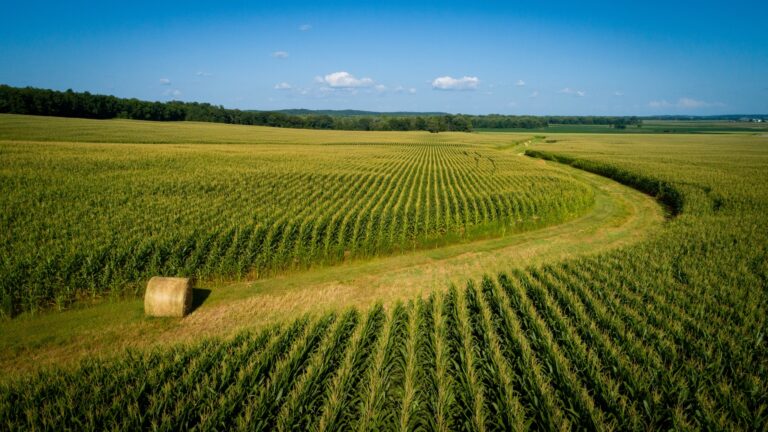2023 November Stewardship Advocate
THE IOWA NUTRIENT RESEARCH AND EDUCATION COUNCIL, NEW REPORT
A new report from the Iowa Nutrient Research and Education Council (INREC) shows that some good progress is being made in some areas of conservation adoption that can provide increased productivity and profitability and there is plenty of room for growth to maximize efforts to lead to ultimate improvement of water quality and soil health benefits.
INREC is an Iowa organization that consists of major farm groups, commodity organizations and agri-business companies brought together for the common purpose of leading agricultural environmental efforts across the state. Iowa Corn is a founding member of INREC and has been a strong supporter since its inception. INREC has three core objectives including: 1) measuring environmental progress, 2) promoting innovation in environmental technologies and, 3) communications and outreach to farmers, agribusinesses and the public to assist them in achieving environmental outcomes.
Measuring, analyzing and communicating environmental progress is the first of three INREC priorities and is the focus of this article. Since the 2017 crop year, INREC has developed a process to obtain information about practices employed by Iowa farmers. Using a statistically sound sampling method and with assistance for Iowa State University, INREC randomly selects Iowa ag retailers to collect survey information by utilizing farmer customer records on in-field management practices, including fertilizer applications, usage of cover crops and tillage practices. The randomly selected locations are allocated across Iowa’s eight Major Land Resource Areas and weighted by the percentage of corn and soybean acres to obtain a representative sample of the state. The sampling method used allows for the extrapolation of the data across all row crops acres in the state.
In November 2023, INREC released a report with the 2022 crop year results as well as a combined summary of results between 2017 and 2022 (i.e., six years). Table 1 shows a sampling of the survey results, extrapolated across all row crop acres in Iowa.

As expected, the survey results vary from year to year due to seasonal variability and weather conditions, but the INREC survey provides a statistical sound representation of general trends for practices employed by Iowa farmers. While good progress is being made in many areas, there is still work to do in implementing practices that not only increase productivity and profitability, but also provide environmental benefits including improving water quality and soil health. The full report can be found at INREC 2017-2022 Survey Results.
Latest Information
Secretary Naig Announces Next Stage for Southeast Iowa Water Quality Project
Secretary Naig Announces Expansion of Northeast Iowa Water Quality Project
In Comments to EPA, Secretary Naig Raises Concerns with Endangered Species Act Herbicide Strategy
From Space to Soil: Solving Agriculture’s Challenges with Sensors
USDA Streamlines RCPP, New Iowa Projects Receive $48 Million
FARMER TO FARMER: ROGER ZYLSTRA

Roger Zylstra and his son Wes farm in Jasper County Iowa. Roger has learned a lot since 1980 when he started farming, remarking on the fact that he has seen good years and bad years but tries to take something he learned from the prior year and incorporate it into the next growing season. Roger has a strong sense of legacy and notes that the farm was handed down from his father and he will pass it onto his son. But this succession plan is not just a simple transaction of land but also about passing a passion for agriculture and ensuring the land is in better shape than when he received it.
Roger is a strong proponent of improving soil health on his farm. In fact, he was one of the first Iowa farmers that participated in the Soil Health Partnership and more recently, Roger is contributing information from his farm to the Iowa Nitrogen Initiative. As a further commitment to improving soil health, the Zylstras fly on a cereal rye cover crop with a drone into standing crops in early September. And they no-till every acre they farm. Cover crops and no-till are crucial in reducing soil erosion and run-off, especially on Roger’s hillier ground.
The Zylstras terminate their rye cover crop before planting corn but plant their soybeans “green” into the cover crop, which they terminate after the soybeans have emerged. In 2023, they planted during the last two weeks of April when soil temperatures reached 50 degrees. Like many parts of Iowa, Zylstra’s field received very little rainfall during the growing season, getting only a few drops in July followed by only 2 inches in August.
Roger sums up the 2023 growing season this way, “We were amazed at the corn yields we had this year, considering how little rain we had. We attribute our success to several factors we can control, unlike the weather. We have worked hard over the years to improve our soils and I am convinced that no-till and cover crops have increased the water-holding capacity in our fields so even when we are short on rain, our healthy soils continue to feed and water our crops. Another key thing this year was applying another shot of nitrogen with Y drops in the second half of June. In talking to other farmers, it looks like that June nitrogen gave me an extra 20 bushels per acre. Applying side-dress fits my philosophy of feeding the plants when they need it most, rather than applying it all at once and hoping the plants can find it.”
He continues, “My proudest achievement happened when I combined my second-year corn that was no-tilled and had a nice cover crop growth before planting this spring. That field averaged 245 bushels per acre and I attribute that yield to the combination of practices that I use to maximize the potential of my fields and optimize my inputs. But another thing I know is that my fields and soils are a little better this year than last year because I have another year of cover crops and no-till under by belt.”
Upcoming Events
November 30: Farming for the Future Conference; FFA Enrichment Center; Ankeny
December 4-5: Iowa State University Integrated Crop Management Conference; Ames
December 6: What Lies Beneath: The Impact of a Cereal Rye Cover Crop on Corn Seedling Disease Severity; Webinar
December 7: Iowa Learning Farms Virtual Field Day; Zoom
December 11-13: Big Soil Health Event; Cedar Falls
December 13: Planning and Planting Prairie: Research and On-Farm Experience; Webinar
